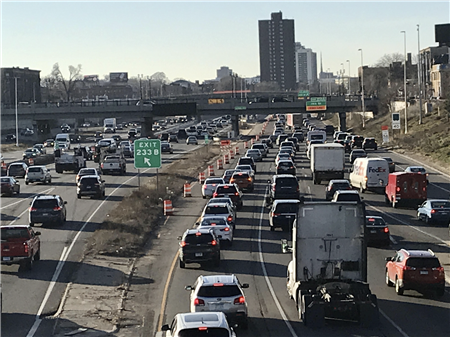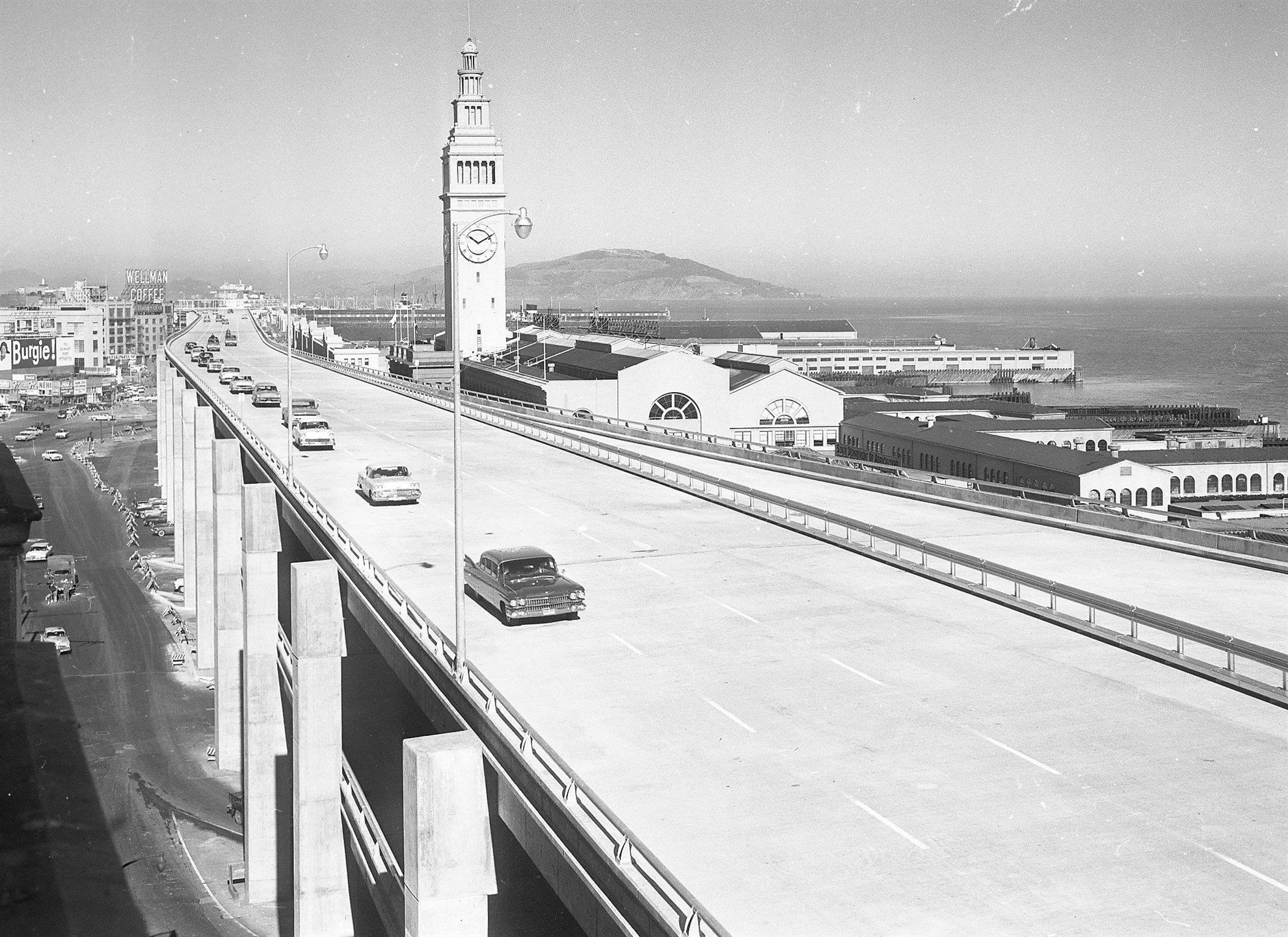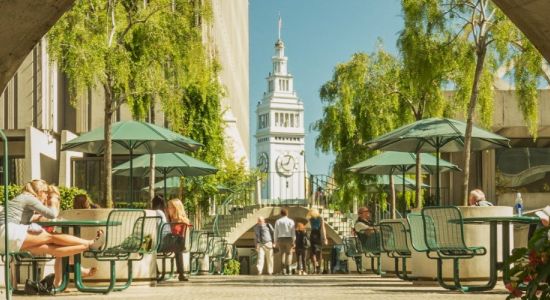
EcoEducation: Rethinking I94
Alex Burns from Our Streets Minneapolis let us in on the news that MNDOT is at least somewhat open to some out of the box considerations for the I94 freeway corridor that spans between the two downtowns (roughly Hiawatha to Marian). The pavement is nearing the end of its useful life and there is an opportunity to create something different. BUT..there is some skepticism that MNDOTs plan actually does any rethinking and your voice could still influence this process.
Many Minnesotans are aware of what the initial installation of the freeways did to many neighborhoods - decimated them. Not only because of the physical separation caused by putting a high speed thoroughfare right through communities, but also because of how that thoroughfare shaped land use patterns and investment. (think Rondo neighborhood in St. Paul as a much talked about example)
There are ongoing impacts from our freeway systems like concentrated air pollution and de-facto barriers to pedestrian and bicycle transportation. Freeway space provides no tax revenue, no housing space, no green space. As we consider the impacts of transportation on our climate, transportation maybe the largest contributor and even with gains in fuel economy and more use of electric cars, the climate impact from transportation is one of the most stubborn to reduce.
Alex shared with us some examples of other communities that have rethought a portion of their freeways system. From South Korea to Syracuse New York to this example in San Fransisco:
The Embarcadero used to be a double decker freeway system. After earthquake damage, the city turned it into a multi-modal thoroughfare.


Right here in Minnesota, Duluth is wrestling with what to do with I35 that is currently a barrier between the down town and canal park. 20% of the downtown land in Duluth is occupied by freeway.
So with an opportunity to rethink I94, what do we do? The wheels are already in motion to essentially make very few changes. The proposal of alternatives is due in 2022 with a preferred alternative to be decided in 2023 and construction to commence in 2025. This sounds like lots of time, but in reality the key decisions are being made now and initial plans are not looking much different that what currently exists.
If you want to help push for better documents -- visit the Our Streets Minneapolis website where you can learn more about the project, easily email MNDOT complete with an example templated email, view MNDOTs virtual open house where you can also provide your perspective on the project, and you can even sign up to volunteer for Our Streets canvassing campaign to inform the residents closest to the freeway corridor about the impending change (or no change).
